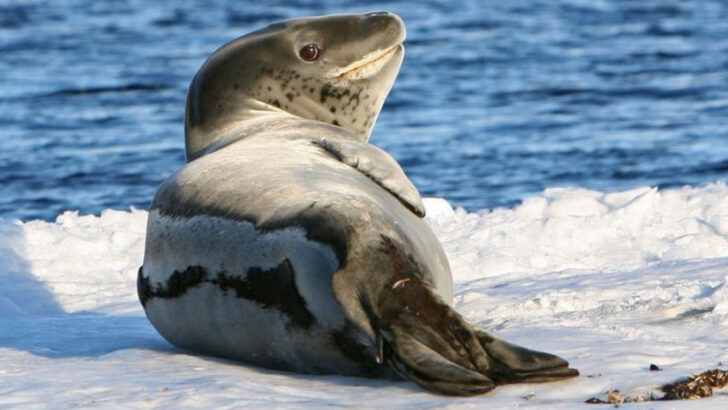That fluffy creature might be a killer. Some of the deadliest animals on Earth don’t look the part. They don’t roar. They don’t bare fangs. They smile, purr, or flutter—and then strike. From charming mammals with hidden venom to wide-eyed amphibians that carry deadly toxins, Mother Nature has a twisted sense of humor. You might pet the wrong animal and never see it coming. And just when you think you’ve spotted the most dangerous of the bunch, there are others—less obvious, more ruthless, and even sneakier. They aren’t just deadly. They’re masters of deception, wrapped in soft fur, bright colors, and innocent eyes. Keep scrolling—these silent assassins are hiding in plain sight.
Blue-Ringed Octopus
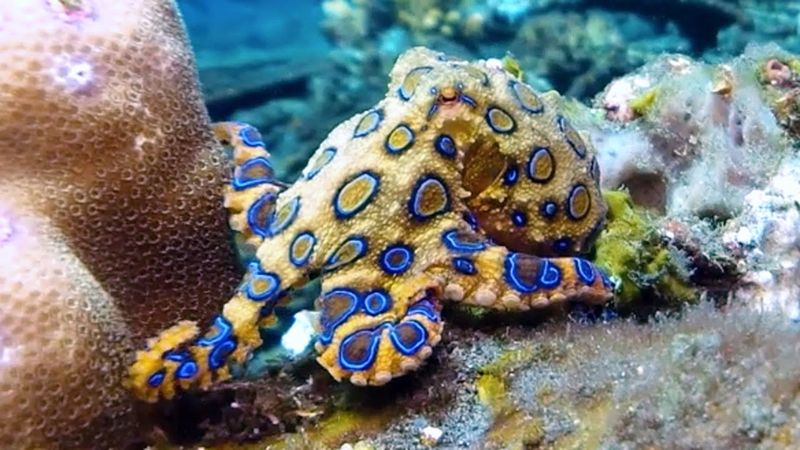
The blue-ringed octopus may seem like a small, colorful sea creature, but it packs a punch potent enough to kill humans. Hidden beneath its vibrant exterior lies tetrodotoxin, a potent neurotoxin. Found in the Pacific and Indian Oceans, this octopus is a master of disguise, camouflaging itself among rocks and coral.
When threatened, its blue rings glow as a warning. Despite its size, the blue-ringed octopus can deliver a lethal bite, often with fatal results. With no known antidote, its venom can cause paralysis and, in some cases, death. Respect this tiny ocean dweller.
Pufferfish
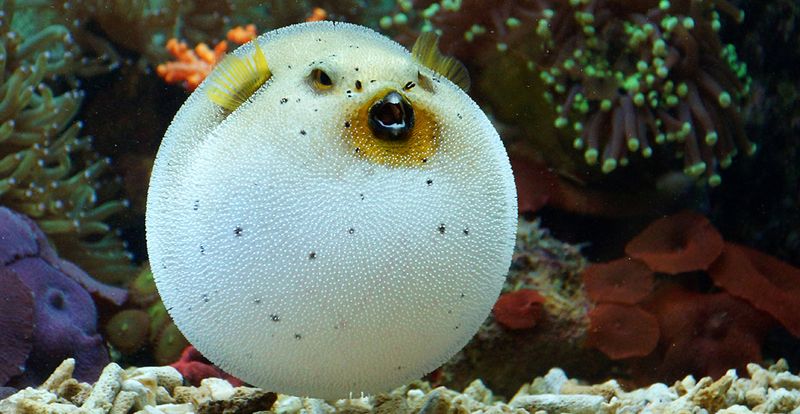
Renowned for their defense mechanism, pufferfish can inflate into spiky balls that deter predators. However, it’s not their spikes that are most dangerous. Containing tetrodotoxin, their body is highly toxic if consumed.
This delicacy, known as fugu in Japan, is prepared by trained chefs to avoid poisoning. Even a small mistake can lead to fatal consequences. The toxin is up to 1,200 times more potent than cyanide, causing paralysis and respiratory failure. Despite their cute appearance, pufferfish are not to be underestimated, requiring vigilance and respect.
Slow Loris

With its big, soulful eyes and slow movements, the slow loris appears to be one of the most innocent animals in the jungle. However, its elbow glands secrete a toxin that becomes venomous when mixed with its saliva.
This nocturnal primate delivers a painful bite that can cause allergic reactions or anaphylactic shock in humans. In Southeast Asia, it’s often mistakenly considered a cute pet. However, their venomous bite and sharp teeth make them a dangerous companion. The slow loris is a living paradox of cuteness and danger.
Cone Snail
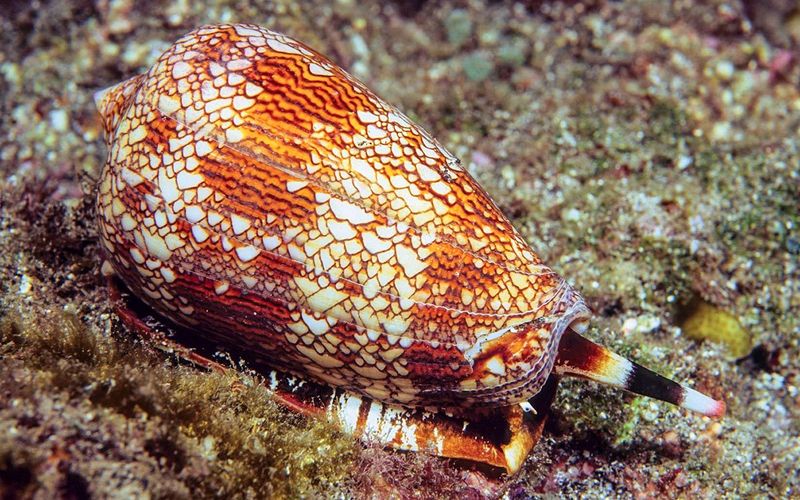
The cone snail, with its ornate shell, disguises its deadly nature. Found in warm, tropical waters, this snail is a stealthy hunter, using a harpoon-like tooth to inject venom into prey.
Its venom, known as conotoxin, can paralyze fish instantly. For humans, a sting can be fatal, causing muscle paralysis and respiratory failure. There is no known antivenom, which makes encounters potentially deadly. While beautiful to behold, the cone snail should never be handled. Admire from a distance and appreciate its role in the marine ecosystem.
Cassowary

The cassowary is often compared to a living dinosaur, with its striking appearance and impressive size. Native to the tropical forests of New Guinea and Australia, this bird is the world’s most dangerous avian.
Despite its flightless nature, the cassowary is equipped with dagger-like claws, capable of inflicting serious injuries. It can run at speeds up to 50 km/h, allowing it to deliver powerful kicks. While generally shy, if threatened, it defends itself aggressively. This unique combination of beauty and brute force makes the cassowary a fascinating yet formidable creature.
Platypus
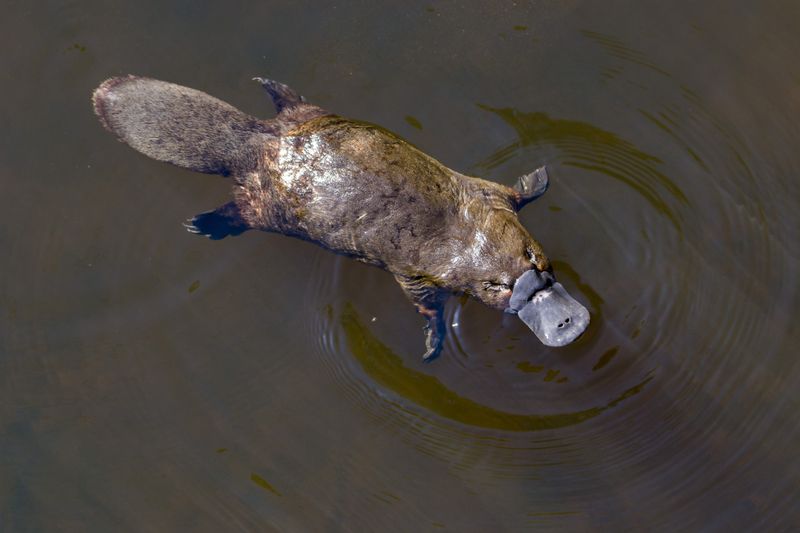
The platypus, an odd amalgamation of duck, beaver, and otter, looks like an evolutionary joke. Yet, this peculiar mammal possesses a venomous spur on its hind limbs.
Male platypuses can deliver a painful sting, capable of incapacitating smaller creatures. While not lethal to humans, the venom can cause severe pain and swelling. Found in rivers of eastern Australia, the platypus is a marvel of nature’s creativity. Its unique features serve as both a defense and a testament to evolution’s eclectic artistry.
Boomslang
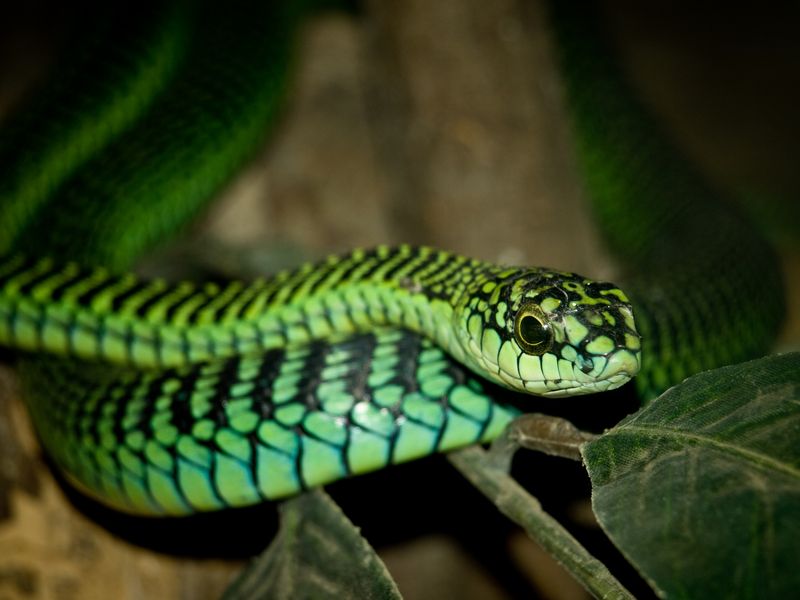
The boomslang, with its slender, green body, blends seamlessly into the foliage of sub-Saharan Africa. This arboreal serpent is both graceful and deadly.
Equipped with large eyes and excellent vision, it hunts birds and lizards with precision. Its venom, delivered through rear fangs, causes hemorrhaging and can be fatal to humans. Often overlooked due to its shy nature, the boomslang’s bite requires immediate medical attention. Despite its deadly potential, it contributes to the balance of its ecosystem.
Stonefish

The stonefish earns its name by mimicking the rocky sea bed, rendering it almost invisible. Found in the Indo-Pacific, this fish is armed with venomous spines along its back.
A sting from a stonefish can cause excruciating pain, tissue damage, and in severe cases, death. The venom affects the nervous system and requires antivenom if stung. This master of disguise teaches respect for the ocean’s hidden dangers. While it plays a crucial role in its habitat, caution is advised when exploring its territory.
Leopard Seal
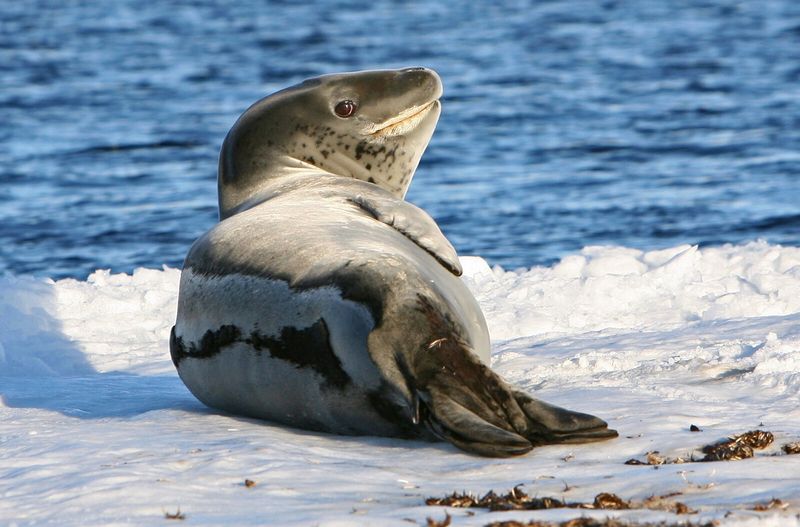
The leopard seal, with its sleek body and spotted coat, is one of Antarctica’s top predators. With a powerful jaw lined with sharp teeth, it preys on penguins and other marine life.
Known for its curiosity, the leopard seal can be dangerous if approached. Its speed and agility in water make it a formidable hunter. While interactions with humans are rare, they’ve been known to attack when threatened. The leopard seal’s presence is a reminder of the harsh and unpredictable nature of the Antarctic environment.
Poison Dart Frog
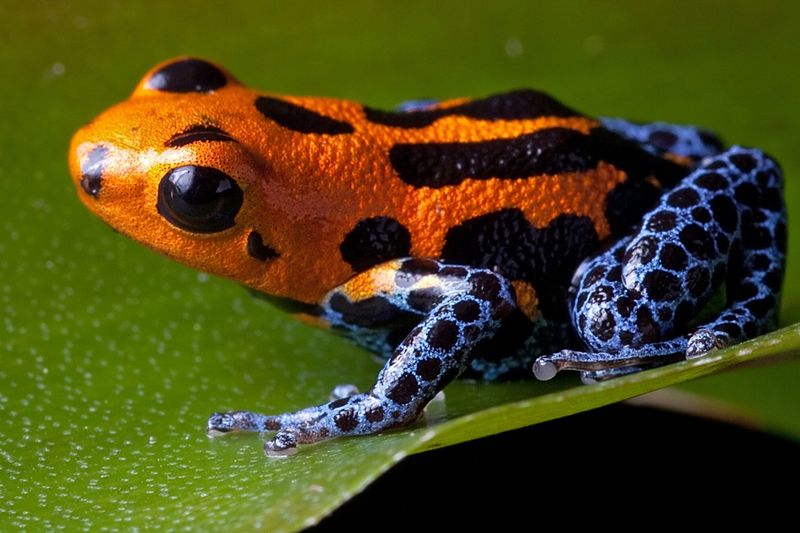
Poison dart frogs, with their bright colors, are nature’s own warning sign. Native to Central and South America, these small frogs carry potent alkaloid toxins in their skin.
Indigenous tribes once used their toxins to coat blow darts for hunting. Though not aggressive, handling these frogs can transfer toxins to the skin. In the wild, their vivid coloration deters predators. However, deforestation and habitat loss threaten their existence. These tiny amphibians are a testament to the vibrant yet delicate balance of rainforest ecosystems.
Box Jellyfish
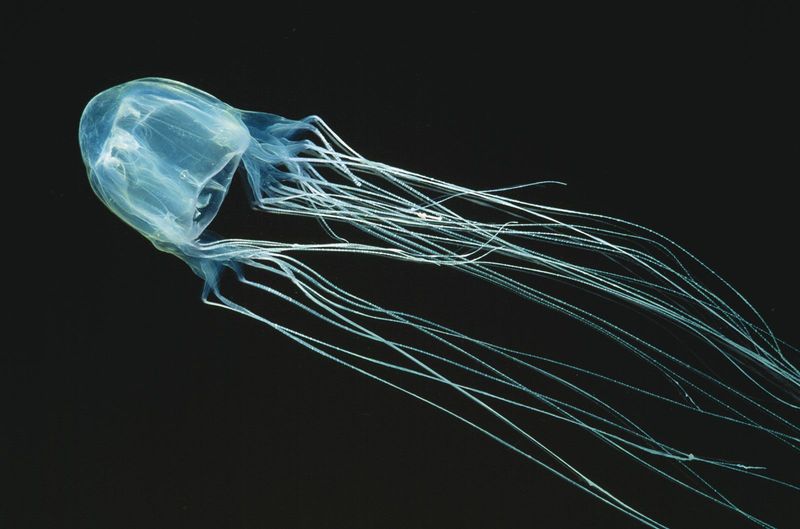
The box jellyfish, with its transparent, cube-shaped bell, drifts silently through the waters of the Indo-Pacific. Despite its delicate appearance, it is among the most venomous creatures in the ocean.
Its tentacles carry toxins that can cause heart failure and death in minutes. Stings are excruciating and require immediate medical attention. Found near the coastlines of Australia, the box jellyfish demands respect and caution. Their ethereal beauty belies their lethal nature, making them a true paradox of the sea.
Wolverine
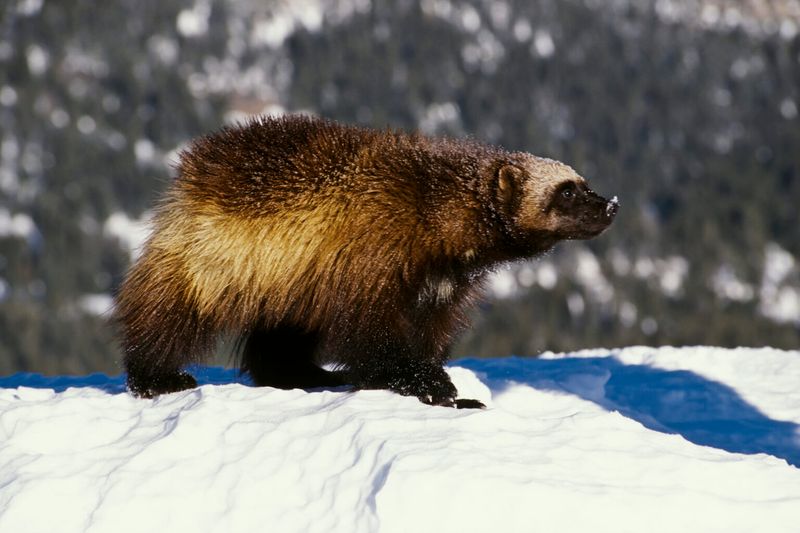
The wolverine, often called the “glutton,” is a fierce creature despite its size. Residing in the boreal forests and tundra of the Northern Hemisphere, it exhibits tenacity and strength.
With powerful jaws and sharp claws, wolverines can take down prey much larger than themselves. Their aggressive nature and solitary lifestyle make them formidable predators. Although they avoid human contact, their determination in the wild is legendary. The wolverine’s reputation for fearlessness earns it a place among nature’s most intriguing animals.
Honey Badger
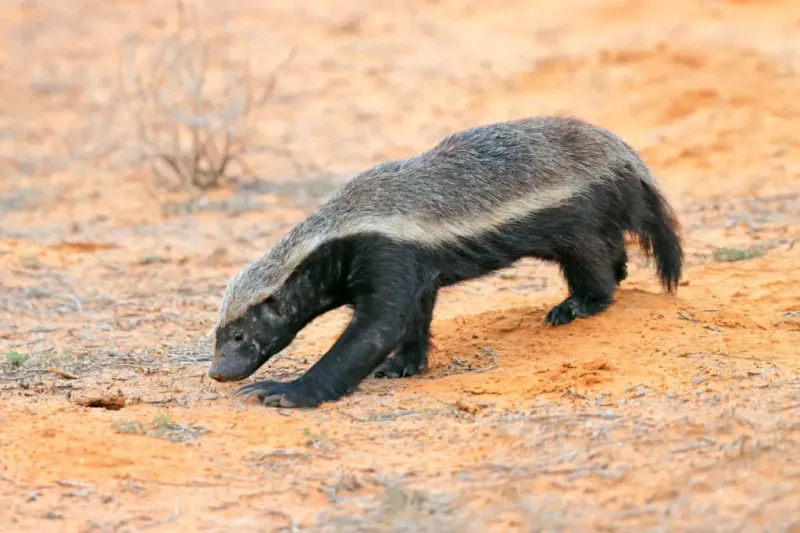
The honey badger, known for its fearless attitude, takes on predators many times its size. Found across Africa and parts of Asia, this small mustelid is relentless.
Equipped with sharp claws and tough skin, honey badgers are difficult to subdue. Their courage is legendary, often engaging in battles with venomous snakes. Though not inherently dangerous to humans, they defend themselves fiercely when threatened. Their tenacity and resilience have made them a symbol of determination.
Cape Buffalo
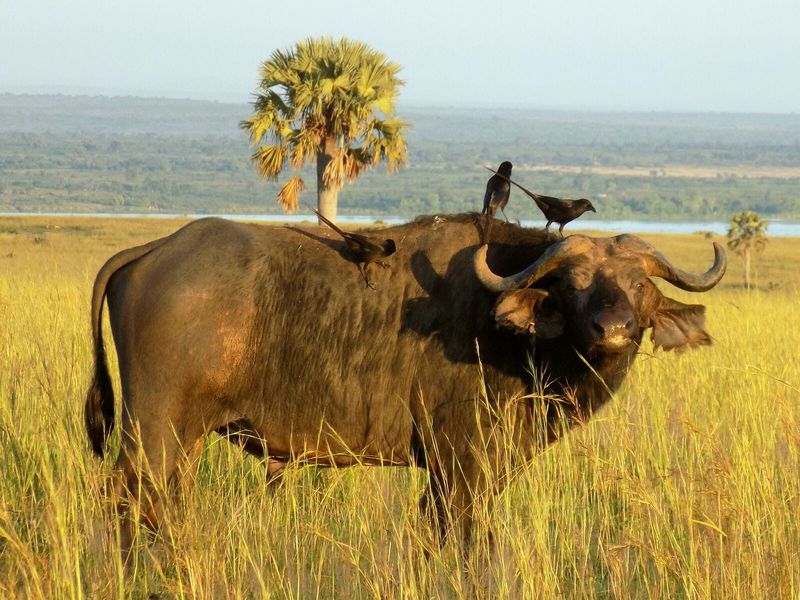
The cape buffalo, also known as the “black death,” is one of Africa’s most dangerous animals. Weighing up to 1,000 kg, they roam the savannas in massive herds.
With sharp horns and a protective nature, they can be unpredictable and aggressive. When threatened, they charge with force, making them a formidable opponent. Responsible for more fatalities than any other African animal, their reputation is well-earned. The cape buffalo embodies the raw power of the African wilderness.
Bull Shark
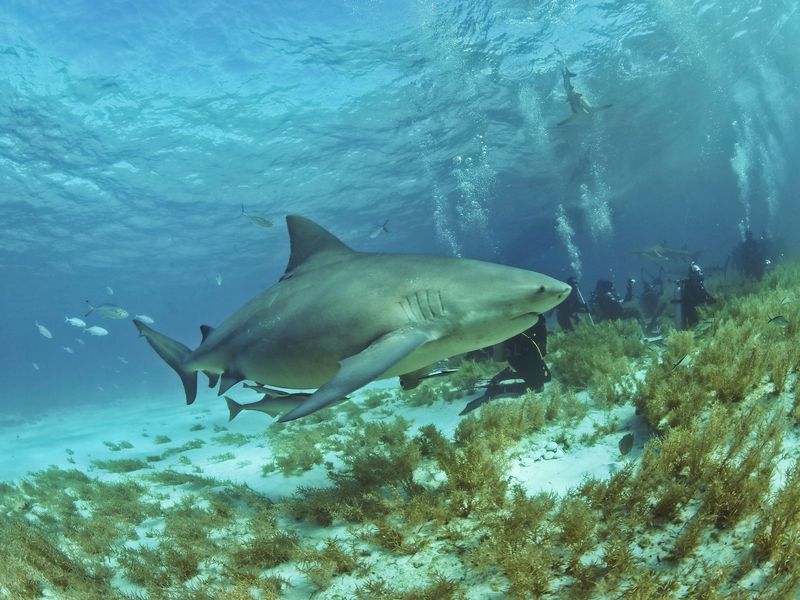
Often found in warm, shallow waters, the bull shark is one of the most aggressive shark species. With the ability to thrive in both salt and freshwater, they have been spotted far up rivers.
They exhibit territorial behavior and can be unpredictable. Responsible for a significant number of shark attacks, caution is advised when in their territory. Despite their fearsome reputation, bull sharks play a vital role in marine ecosystems. Their presence is a testament to the complex dynamics of ocean life.
Komodo Dragon
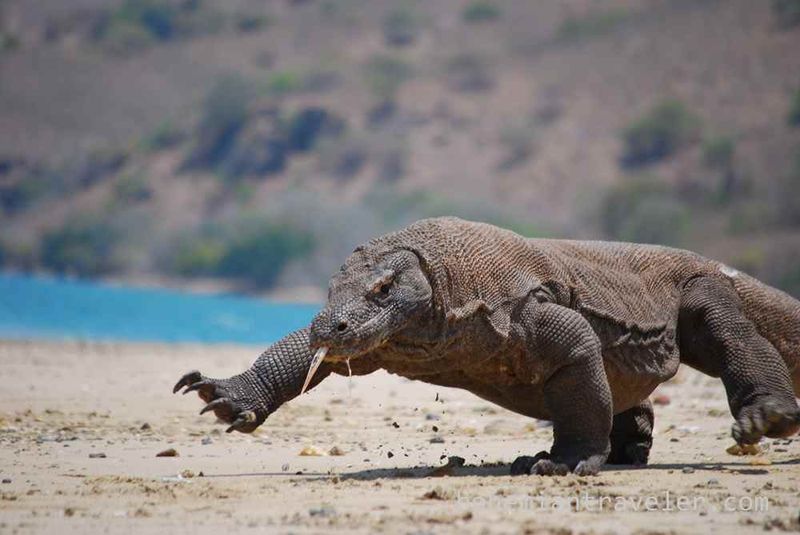
The Komodo dragon, with its massive size and ancient lineage, dominates the Indonesian islands. As the world’s largest lizard, it possesses a potent bite filled with bacteria and venom.
Komodo dragons are capable hunters, taking down prey with a single bite. Despite their slow appearance, they can move swiftly when needed. Their digestive systems allow them to consume nearly every part of their prey. Known for their strategic hunting, these dragons are true marvels of evolution.
Great White Shark
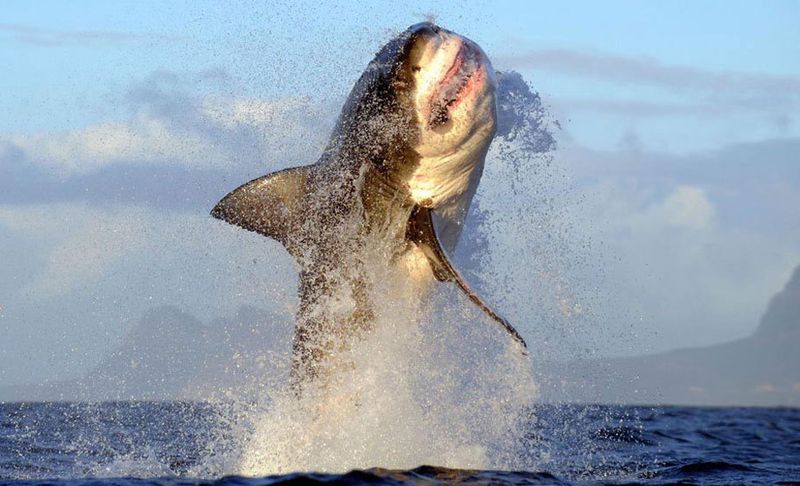
The great white shark, immortalized in popular culture, is the ocean’s apex predator. Known for its size and power, it commands respect in the marine world.
With serrated teeth and a keen sense of smell, it hunts with precision. While attacks on humans are rare, they are often fatal when they occur. The great white’s presence is a symbol of the ocean’s untamed beauty and danger. Its role as a top predator maintains the balance of marine ecosystems.

